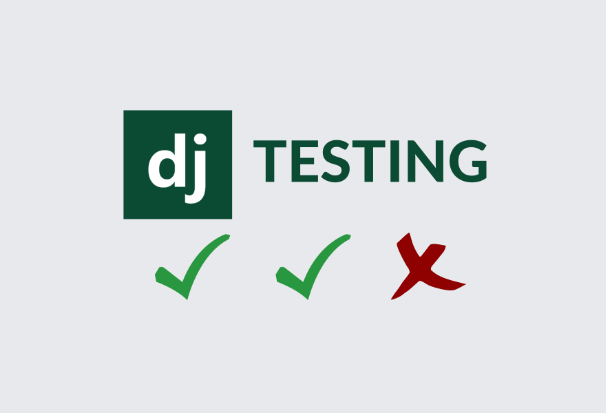When it comes to testing Django applications, there are several best practices and tools you can use to ensure your code is robust and error-free. Here are some recommendations:
- Writing Tests:
- Use the built-in testing framework provided by Django. It includes tools for creating test cases, assertions, and test runners.
- Write tests for all critical components, including models, views, forms, and any custom functionality.
- Create test cases that cover different scenarios, including edge cases and error conditions.
- Organize tests into separate test modules or packages based on functionality or app.
- Test Organization and Execution:
- Use a consistent naming convention for your test files and methods to improve readability and maintainability.
- Group related tests together using Django’s TestCase classes or custom test suites.
- Use test fixtures to set up a known state for your tests, including database records or other dependencies.
- Run tests using Django’s test management commands (
python manage.py test) or test runners like pytest.
- Testing Database Interactions:
- Use Django’s testing database or an in-memory database for faster and isolated testing.
- Create test data using Django’s model factories or fixtures to ensure consistent and reproducible test environments.
- Use transactions or database rollbacks to isolate test data and prevent interference between tests.
- Assertion and Mocking:
- Utilize Django’s built-in assertions (
assertEqual,assertTrue, etc.) for verifying expected behavior. - Use mock objects or libraries like
unittest.mockto simulate external dependencies and isolate test cases.
- Test Coverage:
- Measure test coverage to determine how much of your code is exercised by tests.
- Use tools like coverage.py or Django’s built-in coverage reporting to identify areas of code that lack test coverage.
- Aim for high test coverage to increase confidence in your codebase.
- Continuous Integration (CI):
- Set up a CI system like Jenkins, Travis CI, or GitLab CI/CD to automatically run tests on every commit or pull request.
- Configure your CI pipeline to run the entire test suite, including any integration or end-to-end tests.
- Additional Testing Tools:
- Use third-party libraries like pytest-django or hypothesis to enhance testing capabilities.
- Consider using tools like Selenium or Cypress for automated browser testing.
- Employ tools like Django Debug Toolbar or Django Silk for profiling and performance testing.
Remember that testing is an ongoing process, and it’s crucial to maintain a comprehensive test suite that covers your application’s functionality. Regularly review and update your tests as your application evolves to catch regressions and ensure the reliability of your codebase.




